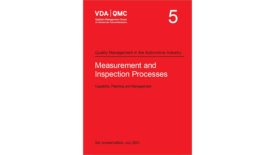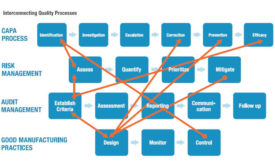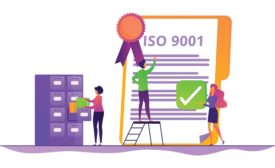Home » Keywords: » risk assessment
Items Tagged with 'risk assessment'
ARTICLES
Measurement
Too much measurement uncertainty leads to incorrect conformity decisions, incorrect assessment of machines and production processes, poorer process quality and thus, increased production and testing effort.
Read More
Why Adopt Risk-Based Thinking?
Automated risk management tools can help manufacturers incorporate risk-based thinking into their processes.
June 3, 2021
Reaping Benefits of Evolving ISO 9001 Standards
The ISO 9001 standards were initially developed to benefit from industry best practices.
May 1, 2020
The Evolution of Hazard- and Risk-based Design and Compliance
A risk-based approach starts with the premise that any product can pose a wide range of risks.
November 8, 2018
Sponsored Content
What Can Go Wrong, Will Go Wrong: Learnings From Quality Case Studies
July 30, 2018
INDUSTRY HEADLINE
DuPont Sustainable Solutions Unveils Findings from 2017 Global Operational Risk Survey of Corporate Leaders
September 14, 2017
EVENTS
Webinar
2/27/25 to 2/27/26
Contact: Meg K.
Is Quality Just a Word We Use? The Journey From Conformance to Organizational Excellence
Stay in the know with Quality’s comprehensive coverage of
the manufacturing and metrology industries.
eNewsletter | Website | eMagazine
JOIN TODAY!Copyright ©2025. All Rights Reserved BNP Media.
Design, CMS, Hosting & Web Development :: ePublishing







